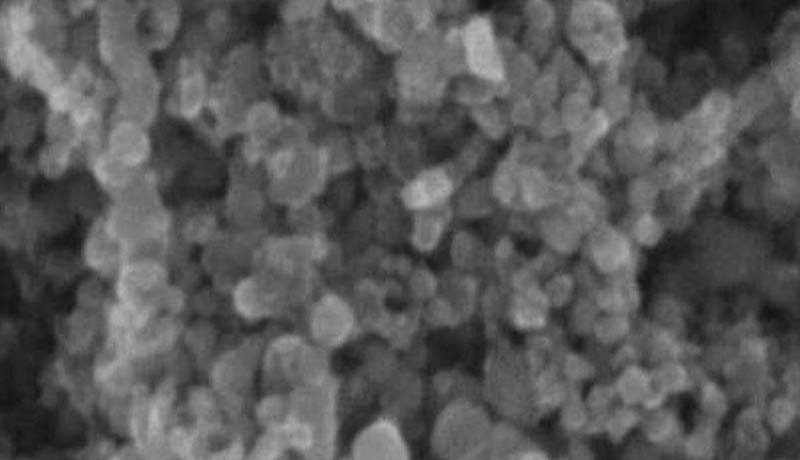Polyamides and polyesters are two types of synthetic polymers that have a wide range of applications in various industries. They are both man-made materials that are produced from a chemical reaction between monomers, and have unique properties that make them suitable for different purposes.
In this blog post, we will compare and contrast polyamides and polyesters, examining their definitions, properties, and applications. We will also discuss the environmental impact of these materials, in order to help you make an informed decision when choosing between them.
Definition of Polyamide
Polyamide, also known as nylon, is a synthetic polymer that was first developed in the 1930s. It is made by reacting a diacid with a diamine, resulting in a long chain of repeating monomers. Polyamide has a high melting point and is known for its strength, toughness, and resistance to wear and abrasion.
Polyamide is commonly used in the production of clothing and textiles, such as sportswear, hosiery, and ropes. It is also used to make industrial parts, such as bearings, gears, and automotive parts, as well as packaging materials and films.
Definition of Polyester
Polyester is a synthetic polymer that is made from the reaction between an ester and a dihydric alcohol. It has a low melting point and is known for its strength, durability, and resistance to shrinking and wrinkle. Polyester is also resistant to UV radiation, chemicals, and water, making it suitable for outdoor use.
Polyester is widely used in the production of clothing and textiles, such as shirts, dresses, and linens. It is also used to make industrial and automotive parts, as well as packaging materials and films.
Comparison of Polyamide and Polyester
Now that we have defined polyamides and polyesters, let’s compare and contrast their properties.
Physical Properties
One key difference between polyamides and polyesters is their melting point. Polyamides have a higher melting point than polyesters, which means that they are more heat-resistant and can withstand higher temperatures before melting. This makes polyamides suitable for use in high-temperature environments, such as in the production of automotive parts.
Both polyamides and polyesters are strong and durable materials, but polyamides are generally considered to be stronger and more flexible than polyesters. This makes polyamides a good choice for applications that require high tensile strength, such as ropes and cables.
Chemical Properties
Polyamides and polyesters are both resistant to a variety of chemicals, but polyamides have a slightly higher resistance to chemicals than polyesters. This means that polyamides are more resistant to fading and discoloration when exposed to chemicals such as bleach or cleaning agents.
Both polyamides and polyesters are resistant to UV radiation, but polyesters tend to be more resistant to UV degradation than polyamides. This makes polyesters a good choice for outdoor applications where they will be exposed to sunlight.
Performance Characteristics
In terms of performance characteristics, polyamides and polyesters have some similarities and some differences. Both materials are known for their durability and resistance to wear and abrasion, but polyamides tend to be more resistant to wear and tear than polyesters.
Polyamides are also known for their ability to wick moisture away from the skin, making them a good choice for sportswear and other clothing that is worn during activities that involve sweating. Polyesters, on the other hand, are not as breathable as polyamides and tend to retain moisture.
Applications of Polyamide and Polyester
Now that we have compared the properties of polyamides and polyesters, let’s discuss some of the common applications of these materials.
Clothing and Textiles
Polyamides and polyesters are both commonly used in the production of clothing and textiles. Polyamides are often used to make sportswear, hosiery, and lingerie, due to their strength, flexibility, and moisture-wicking properties. Polyesters are commonly used to make shirts, dresses, and linens, due to their durability, resistance to shrinking and wrinkling, and ability to hold vibrant colors.
Industrial and Automotive Parts
Both polyamides and polyesters are used in the production of industrial and automotive parts, due to their strength, durability, and resistance to wear and tear. Polyamides are often used to make bearings, gears, and other mechanical parts, due to their high tensile strength and flexibility. Polyesters are used to make automotive parts, such as fuel lines, hoses, and wiring harnesses, due to their resistance to UV radiation and chemicals.
Packaging Materials
Polyamides and polyesters are also used in the production of packaging materials, such as films, bags, and containers. They are both strong and durable materials that can withstand the weight and handling of packaged goods. Polyamides are often used to make packaging materials that require a high level of strength and toughness, such as bags for heavy items. Polyesters are used to make packaging materials that require a high level of clarity and transparency, such as food packaging films.
Environmental Impact of Polyamide and Polyester
In addition to their physical and performance characteristics, it is important to consider the environmental impact of polyamides and polyesters when choosing between these materials.
Production Processes and Raw Materials
Both polyamides and polyesters are produced from non-renewable raw materials, such as crude oil and natural gas. The production of these materials can have negative impacts on the environment, including air and water pollution and greenhouse gas emissions.
Recyclability and End-of-Life Disposal
Polyamides and polyesters can both be recycled, but the recycling rate for these materials is relatively low. Polyamides are generally easier to recycle than polyesters, due to their higher melting point and the fact that they do not contain chlorine. However, both materials can be difficult to recycle due to the presence of contaminants and the lack of infrastructure for their collection and processing.
At the end of their life, both polyamides and polyesters can be disposed of in landfills, where they can take hundreds of years to break down. Alternately, they can be incinerated, which can release toxic fumes and contribute to air pollution.
Conclusion
In conclusion, polyamides and polyesters are both synthetic polymers with a wide range of applications in various industries. They have unique properties that make them suitable for different purposes, such as their strength, flexibility, and resistance to wear and tear.
When choosing between polyamides and polyesters, it is important to consider their physical and performance characteristics, as well as their environmental impact. Both materials have pros and cons, and the best choice will depend on the specific needs of your application.



